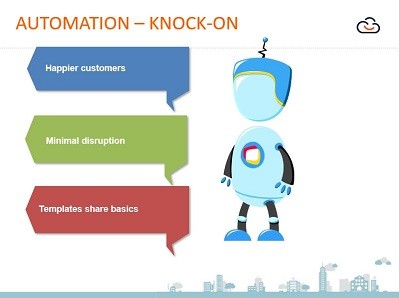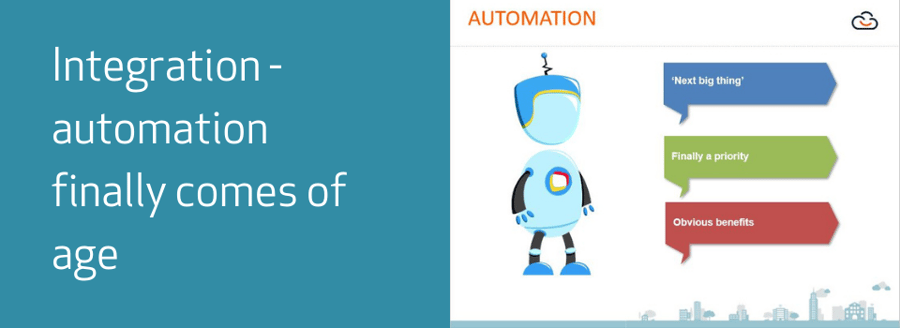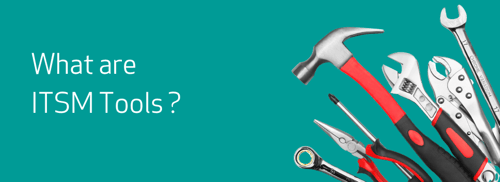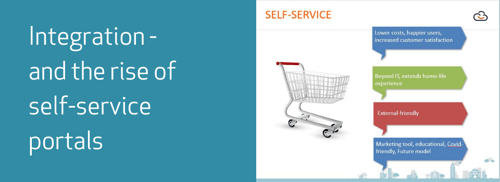OK – so we all know automation has been going to be the “next big thing” in IT for the past 25 years…
ITSM Automation & Integration have their day
In the cyber security world especially, barely a paragraph has been written in recent years that doesn’t contain some automation/automaton reference in the form of AI or ‘machine learning’. But in the real world of service management it is finally happening. For 2020, analysts noted that 75% of service desks had automation at the top of their priority list. More to the point, a contemporary ITSM platform has to have automation at its heart; without it, a modern service desk simply cannot operate. So, if it’s in there – use it!
There are obvious benefits to automating as many of the support procedures as possible; it accelerates any problem resolution, minimises human error and allows for pro-active support. It also allows for 24×7 interaction between all the different service management elements without human intervention. Automation now occurs across the service desk operations. For example, with Sunrise ITSM, screens are automatically pre-populated with the relevant fields in order to give consistency and reduce human error, with users continually prompted to provide the relevant information. All searches are dynamic, with relevant information automatically delivered onscreen. So, for example, if an incident is reported by a given user, all relevant information on that user and incident history comes up onscreen. Searches can also be pre-filtered. Other ITIL processes such as Problem Management and Knowledge Management are fully integrated, linking incident to problems and knowledge items, all of which become part of the end to end workflow, all fully automated in synchronisation. Sunrise ITSM also uses a tagging concept, not dissimilar to a Twitter hashtag, so relevant items and information automatically are related; for example, a specific error might be tagged and auto-suggest relevant knowledge articles or history relating to an existing product. All incidents raised are directly related to their relevant, pre-defined SLA levels and escalation options – again an example of the all-important automation and workflow process. The self-service portal uses the same underlying technology while providing a different form of access, so again automation is to the fore.
 This optimised form of service delivery means happier users and better customer satisfaction, meaning the company operates better and generates more profit. It might be complex programming beneath the surface, but it’s not rocket science in terms of seeing the obvious benefits. On a more mundane level, those regular adds and changes are managed with minimal disruption, transparent to the user base. And looking at the bigger picture – for example from an MSP perspective – it means that one basic automated template can provide the basics for servicing multiple customers.
This optimised form of service delivery means happier users and better customer satisfaction, meaning the company operates better and generates more profit. It might be complex programming beneath the surface, but it’s not rocket science in terms of seeing the obvious benefits. On a more mundane level, those regular adds and changes are managed with minimal disruption, transparent to the user base. And looking at the bigger picture – for example from an MSP perspective – it means that one basic automated template can provide the basics for servicing multiple customers.
That is a potentially massive cost saving and makes scaling the business as simple as possible – a double whammy or what!
Steve Broadhead is a technology journalist, technical researcher & author, guitarist and occasional comedy writer, who brings his unique perspective to the world of ITSM through 30+ years’ association with the IT industry.
Watch the webinar recording of The Integrated Service Desk – extending boundaries adds value




.png)
